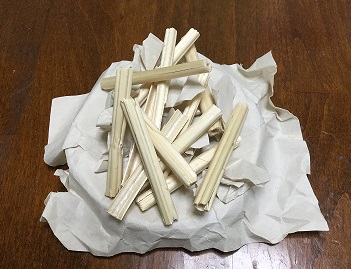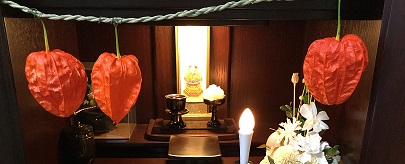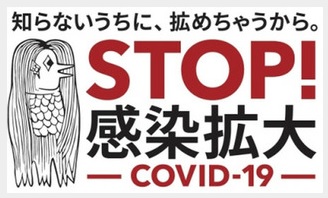Contents
There are many shrines in Japan that worship foxes as god’s angels.
A typical example is INARI TAISHA SHRINE in Fushmi, Kyoto.
A bright red tori is a very beautiful shrine.

Many Japanese people have a strong image of mystical animals by implementing foxes. The must be the influence of Japanese folk tales.
Because in Japan there is a legend that foxes are angels of God.
People who believe foxes are the angel of God call them “ OINARISAN“
In Japan, there is Inari Sushi, a food related to OINARISAN.

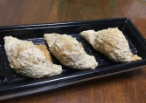
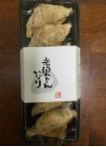
A simple food with fried tofu wrapped in gomoku sushi.
There are various theories as to why fried tofu is because fox’s favorite is
Fried tofu.
There are ellipses and triangles in the shape of InariSushi, and the triangle
is based on the fox ear part as a motif.
InariSushi is a famous sushi that is a little sweet and loved by many Japanese from adults to children.
InariSushi is affordable, so be sure to try it when you come to Japan.
About bills and amulets at Japanese shrines and temples
When you go to Japanese shrines and temples, you can buy goods called
“OMAMORI” OMAMORI=Amulets

The Omamori are various, such as those in a small cute bag or in the shape
of the shell. The one in this is a bill called an amulets.
Some of the complex patterns in the story of the fox and jackal,
It can be as simple as writing the name of a shrines and temples.
Regardless of the characters, the amulet is designed so that the priest
can pray and benefit from it.
The reason for covering the amulets with an outer bag or thin paper is
too keep it clean and to prevent the power of your bill from falling out.
It is NG act to remove the contents of the amulets from the bag for this reason.
I know what you want to see what is written inside but don’t remove the contents. In order to avoid weakening of the power and to get maximum after – profit. If you really want to see the contents, be careful not to get your bill dirty or broken, please just gently peek inside…
Japanese gods and Buddhas are beautiful and a little shy!
By the way, amulets are generally effective for one year.
After one year, please visit the shrines and temples again and pray again.
About Spirit Mark (Reifu)
It is different from the amulet in a shrine or temple, and there is a thing called a spirit mark. ※spirit mark is called “Reifu” in Japanese.
Depending on your wish, you also choose a Reifu, believe in it, and possess it.
Reifu can make it by yourself while referring to the sample.
I also made a spirit mark (Reifu) that appears in the story of fox and jackal.
This is [The Great wish fulfillment Reifu].
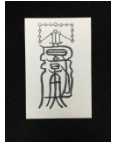 The Great wish fulfillment Reifu
The Great wish fulfillment Reifu
I have no spiritual ability, so it is doubtful if it works. (-_-)
However, since I made it with all my heart, I hope it will show my power.
I hope good things happen! (^O^)
About Nature Worship
In Japan, there is a unique way of thinking that God exists in nature.
In other words, the idea is that there is a god of fire in the fire, a god of water in the water, and a god of the wind. Many Japanese have the recognition that. I think that Japan has had many natural disasters for a long time, and that it is a religious view that has arose from people’s gratitude, awe, and awe of God, nature, and life.
Many Japanese live their daily lives without being bound by a particular religion. From this flexible mindset, we have built a wonderful culture by merging Shinto, Buddhism, and nature worship.
About “Goshinboku”
From the viewpoint of nature worship, there is a thing called “Goshinboku” in the flow of the idea that there is a god in the tree.
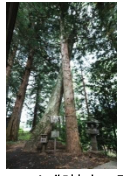
The trees that were very old, the trees that had been in temples and shrines for a long time, and the trees that appeared in old stories, became deified, and eventually became “Goshinboku”. It is no wonder that an old tree, which is hundreds of years old, has some sacred existence. The Japanese people believe in the curse that is the wrath of God, fear, and do not cut down these special trees. That’s why it’s so important to be preserved as ” Goshinboku “.
About “Komainu”
“Komainu” is a mythical creature similar to a dog placed at the entrance to a shrine or temple. “Komainu” is placed in pairs on both sides of the entrance of temples, shrines and temples. Their role is to monitor those who have evil hearts in the realm of God and Buddha to avoid doing bad things. Don’t underestimate them as just surveillance. The “Komainu”, which protects the front of the gates of God and Buddha, is a very strong, scary, and scary existence to the wicked.

About Obon in Japan
Obon is a Buddhist festival in Japan to honor the spirit of our ancestors.
Bon Festival usually takes place in mid-August.
Obon was formed by fusing the Japanese ancient ancestral spirits faith and Buddha.
Obon is the time of year when the souls of ancestors come back to visit. We welcome back the spirits of the dead during Obon every year.
It is said that ancestral spirits and descendants come back to the family in the Obon period.
Obon is similar to the Western Halloween festival. But we welcome the spirits of our ancestors. This is by no means a haunted or witch.
People usually get a few days of vacation during the Obon period.And visiting graves is a Japanese custom during Obon. Many people return to their homes to express their gratitude to their ancestors.
It is carried out from August 13 to 16 in most of areas in Japan. However, some regions are held in the middle of July.
Mukaebi and Okuribi
We burn the welcome fire, called “Mukaebi”, to guide the spirits of the ancestors in the evening of August 13th. The welcome fire is to show a sign for the spirits to come back to without getting lost.
When we send the spirits of the ancestors back, we again burn the fire, called “Okuribi”, on 16th.
A ceremonial fire is made as a proof of sending the spirits off.
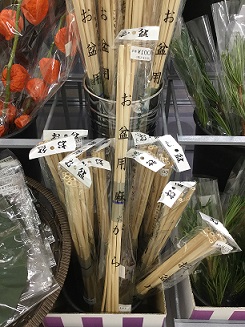 It is a branch of hemp called “Ogara” to use for Mukaebi and Okuribi.
It is a branch of hemp called “Ogara” to use for Mukaebi and Okuribi.
This is sold at supermarkets and florists.
Arrange the finely cut “Ogara” on a plate of pottery. “Ogara” alone is hard to burn, so I burn it with paper like this.
Apart from this, lanterns are lit in the house without using fire.
 In Japan, there are many lanterns to use only during Obon!
In Japan, there are many lanterns to use only during Obon!
In addition, to make it look like a lantern, I also decorate the Japanese bladder cherry.
In addition to the Mukaebi and Okuribi, the cucumber and the eggplant are used for the transfer of the ancestor. Make horse and cow ornaments.
Cucumbers look like horses. This means that our ancestors can come back here early on horseback.
Eggplants decorate to look like cows. Because the cow is slow, it means to be able to stay slowly for as long as possible. And, it is to have it put a lot of offerings on the back of the cow and return.
During the Obon season, there are many innovative products to decorate like this every year. I also prepared a commercial decoration. The horse is in front of the right hand side, and the cow is in the back.
I also prepared a commercial decoration. The horse is in front of the right hand side, and the cow is in the back.
Japanese supermarkets sell decorative sets exclusively for Obon. Even in my parents’ house, the decoration of the horse and the cow is done with a simple one on the market.
Offering
During the Obon season, we prepare a lot of offerings to entertain our returned ancestors.
We clean our Buddhist family alters, and prepare a special altar with beautiful flowers, food, vegetables and fruits as offerings.
In this way, when you are ready to welcome your ancestors, ask the monk to come.
And ask them to chant the sutras. (For this reason, monks from all over Japan are very busy at this time of year!)
At my parents’ house, we offer tea sweets when we finish chanting sutras. And, various small talk are talked about by everyone.
Our family will also listen to sutras with the spirits of our ancestors who have returned. And, it is a small talk while enjoying the tea cake together. It’s a short time, but this is a very important time.
Through this process, we send fires on the last day of Obon to see off the spirits of our ancestors.
At the end of obon, all the decorations of the tray except the lantern are burnt.
(Decorations such as horses, cows, and Japanese bladder cherry cannot be used. (=_=) We prepare new ones every year.) The remaining offerings are divided by everyone, and Obon ends.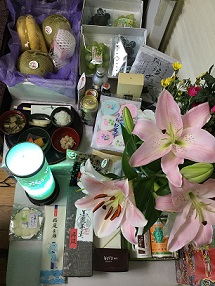 During the Obon season, we prepare a lot of offerings for our ancestors.
During the Obon season, we prepare a lot of offerings for our ancestors.
Full of flowers and food!
I owe what I am today to my ancestors.☺☺☺
Thanks to my ancestors, japanese people are always grateful to their ancestors. Therefore, during the Obon season when our ancestors come back, we prepare ours for great hospitality.
And we ask our ancestors to express their gratitude and watch over us from heaven.
Did you understand the difference with Halloween a little?
Calm down COVID-19!
Use the monster “Amabiē” to dissipate the plague.
<We expect the Japanese monster “Amabiē” to contain the plague.>
The virus originating from China is now spreading all over the world and it is in a difficult situation.
Many infected people began to appear in Japan.
In response to this situation, the Ministry of Health, Labour and Welfare in Japan adopted a monster character called “Amabiē” as the enlightening mascot for preventing the spread of the virus.
What!? Why is the mascot character a monster, not a god? I think many people wondered. I agree with you.
As I have already mentioned in this blog, Japan is a rare country that believes in Buddhism and various gods and nature worship at the same time. Therefore, this “Amabiē” was a monster unexpectedly though I thought that I was the kind of god very much. ☺
It is said that “Amabiē” suddenly appeared in the sea of Kumamoto Prefecture in japan in the latter half of the Edo period. “Amabiē” tells people that it is a good work up to six years in the future. “Amabiē”later warned that a plague would occur. “Amabiē” continued. When the plague occurs, show people a portrait of me.
And people followed what “Amabiē” said. Then, strangely, the plague dissipated… such a description remains.
From these descriptions, the existence of “Amabiē” may have seemed to people to be a god-like symbol of help when they were in trouble. ☺
From this legend, people are trying to get help from monsters “Amabiē” in the hope of ending the virus that is spreading in Japan. In Japan, various character goods depicting the portrait of “Amabiē” appeared and became a topic of conversation.
At Hirota Shrine in Nishinomiya City, Hyogo Prefecture, I learned that you can receive a free amulet with a portrait of the monster “Amabiē”.
I went to get it immediately!
※However, since Japan also has a restriction on self-imposed control, I was a little worried about going out, “The amulet of the plague seal should be taken now And, sneaking alone by saying
I went. I went to Hirota Shrine and got the amulet of “Amabiē”. ↓↓↓
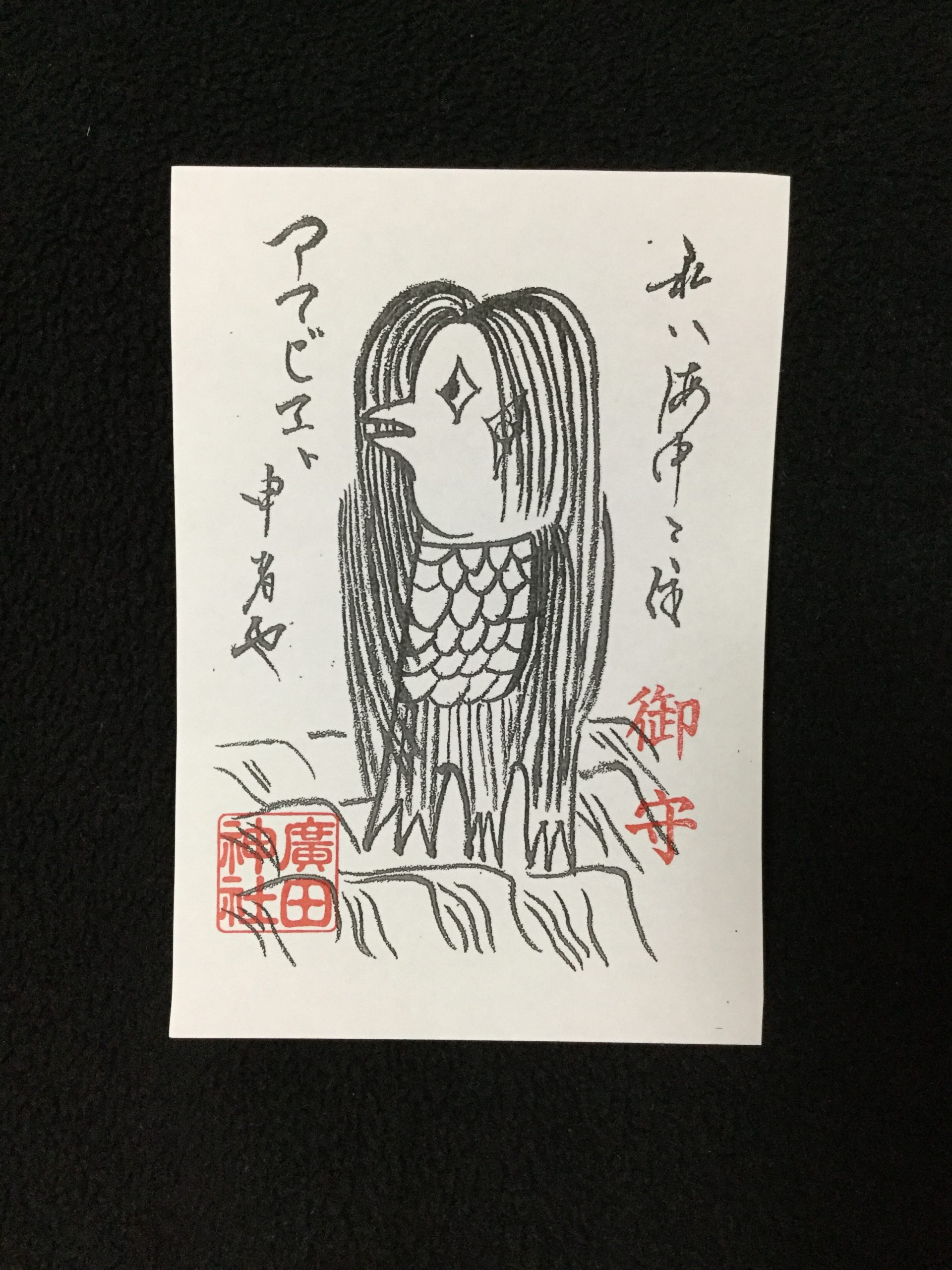 The mouth is like a bird’s beak, and the lower half of the body has a fish scale. A half-fish person with long hair!? This strange appearance shocks the virus and dissipates the plague. Is that what it is???
The mouth is like a bird’s beak, and the lower half of the body has a fish scale. A half-fish person with long hair!? This strange appearance shocks the virus and dissipates the plague. Is that what it is???
By the way, gods in Japan are not always welcome for human beings.
For example, when this virus or disaster occurred, Oure think the Japanese came to their own country with the plague god. We think that when they were attacked by poverty and starvation, they were favored by the Poor God. And when war or death happens, we think we’ve been obsessed with the God of Death. In this way, in Japan, we are afraid of many bad phenomena as gods.
To prevent further calamity or bad luck by fearing and honoring God. We pray, make offerings, and overcome bad luck with God. Do you understand? Even if bad things happen in Japan, we tend to think that it is not the work of the devil, but the work of God. In other words, Japanese people feel the presence of various Gods in familiar places because they think that god dwells in the sky, the wind, the fire, the water, everywhere.
Ironically, the virus is spreading all over the world now, and the global environment is improving because social life has stopped.
Isn’t this a message from a great non-human being?
I feel that way, what do you think?
From the Japanese point of view, “plague god”, “poor god”, “god of death” is the trio are giving a warning to humanity? I want to ask the gods.
It is strange that the Japanese people seek salvation in response to this disaster, not god, but monsters. And it’s really strange that the monster’s portrait is treated as a talisman at the shrine. At The Hirota Shrine, which i visited this time, i received the amulet of the monster “Amabiē”.
Whether you believe or not is up to you.
I will treat it with great care as a talisman of the plague extermination.
I put my hands together
“I hope everyone around the word can get well soon.”
I made a request to God. And, it left Hirota shrine.
Codename “G” !?
Summer in Japan is hot anyway! The humidity is also high and it is muggy.
I’m not good at summer. Not because it’s hot.
Because when the temperature rises, nasty things appear!
In Japan, it is called “G”, and it is very disliked by many people.
Is the official name in English cockroaches?
The official name in Japan is “GOKIBURI”.
It is “G” by the initials.
If you find this nasty thing,
“Don’t let them go!” Don’t let them lurk! Don’t let them fly!
You must defeat them with such a strong will!
I hate insects so much that summer pest control is hard every year.
Therefor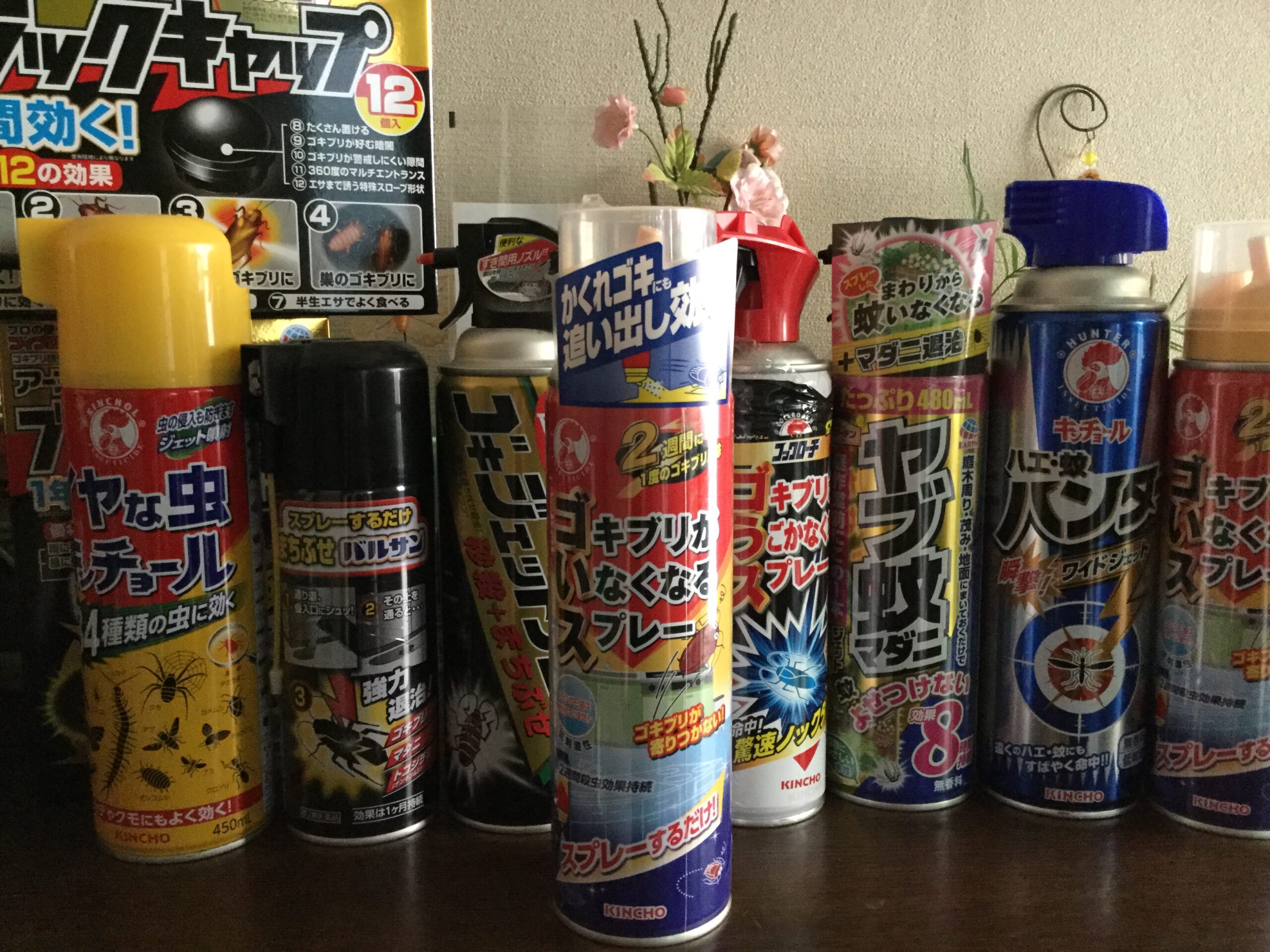 e, there are a lot of pest control drugs in our house.
e, there are a lot of pest control drugs in our house.
←
However, drugs are quite costly, and they seem to be bad for health.
As a result of various investigations to see if there are other methods of extermination,
We found effective “G” measures using natural herbs on the Internet.
Because it is said to use clove hole which is a kind of spice, I decided to make it immediately! 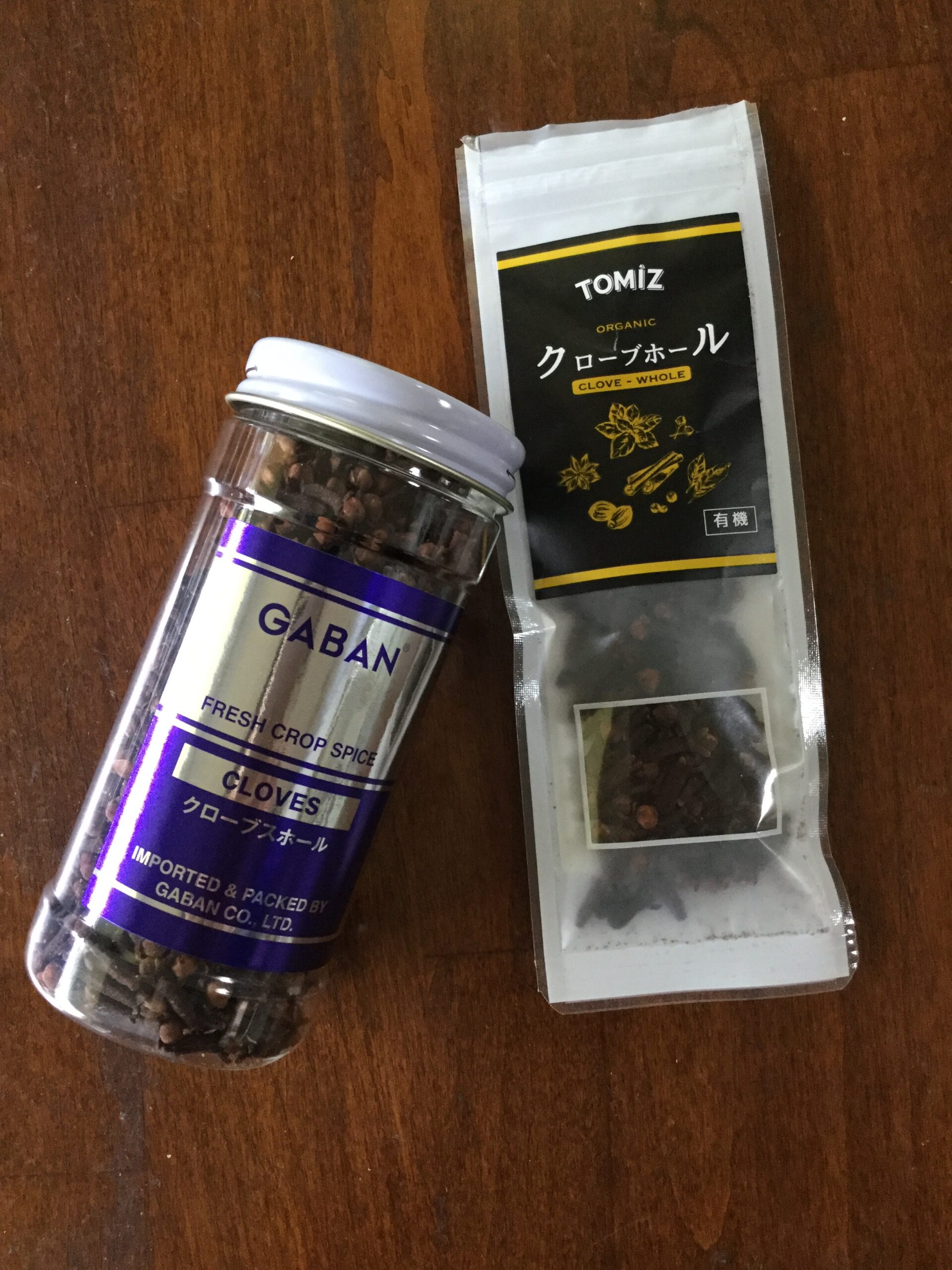
Just put an appropriate amount of clove holes in a thin cloth bag as if making a sachet.
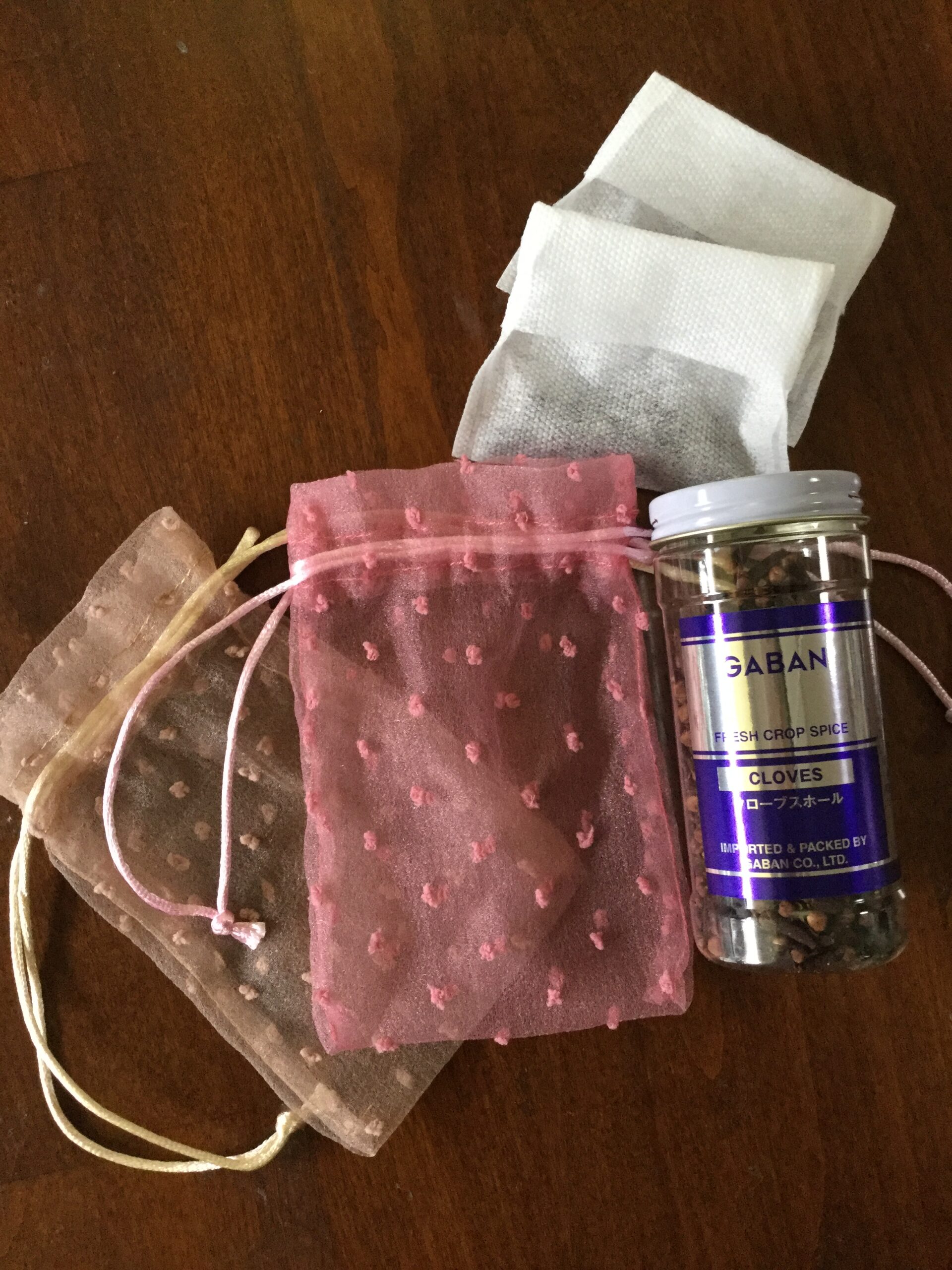
Although simple, cockroaches seem to dislike the unique aroma of this spice very much.
Therefore, it seems to be effective just by installing it in the window where cockroaches are likely to invade.
I use cheap bags to put tea leaves, which are often used in Japan.
I packed this bag with clove halls and installed them all over the house.


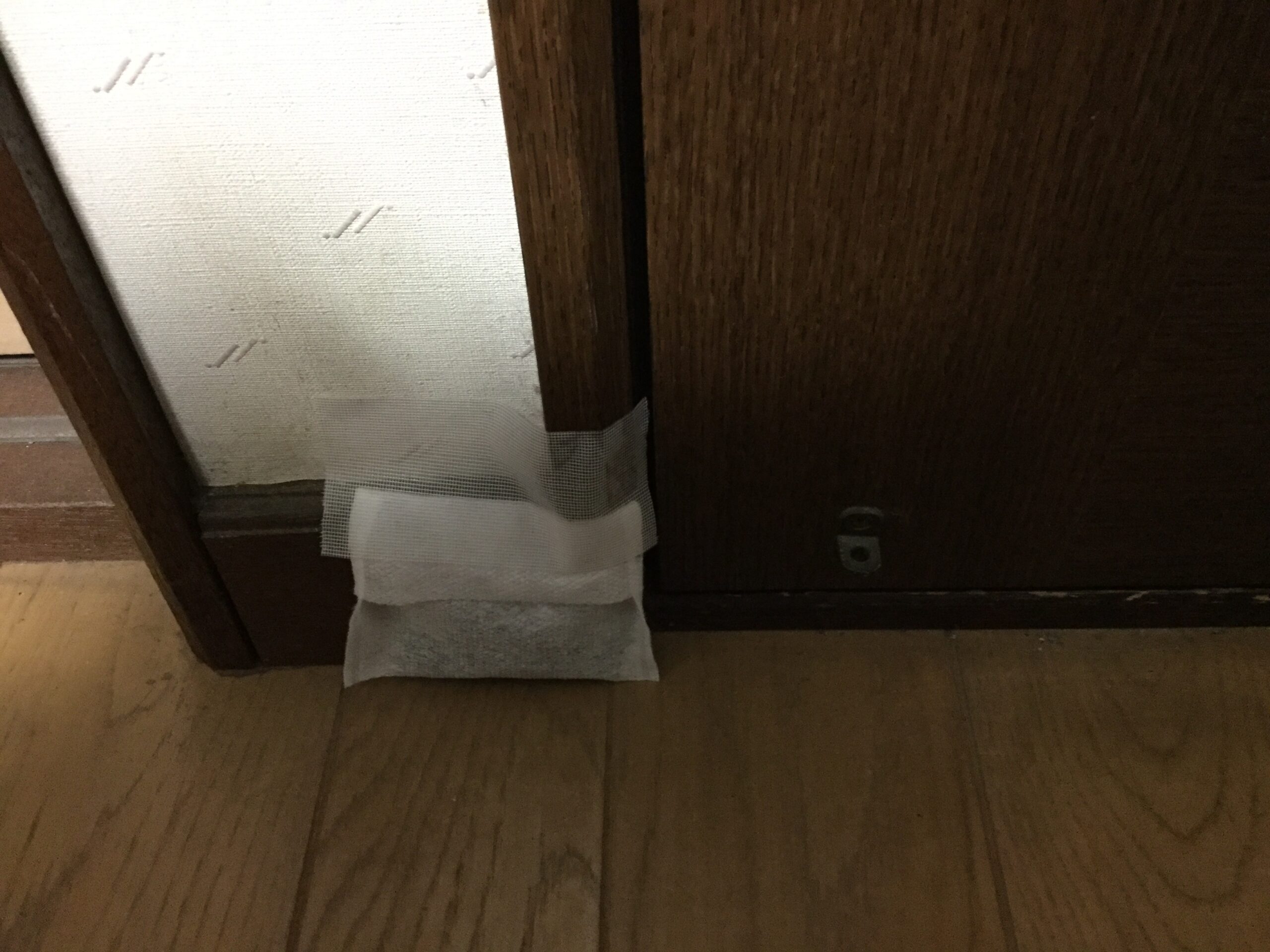
Fortunately, I don’t have any encounters with “G” right now.
Is this simple method more effective than drugs?
What methods do cockroach measures use in your home?
“G” looks really horrible, doesn’t it?
“G” = enemy of humanity
Again this year I have to fight!
Mofu-mofu or not Mofu-mofu
In the story of fox and jackal, the jackal loved the pure white and bushy fox’s tail.
In japan, what looks like a fox’s tail with long hairy, a large amount of hair and a good coat is called “Mofu-Mofu”.This is of course a coined word in Japanese. Especially Japanese women now love this “Mofu-Mofu” thing.
Popular with bags, pouches, socks and blankets made of fluffy materials.
Fluffy materials called a “Mofu-Mofu” in japan.
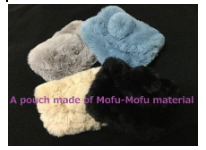
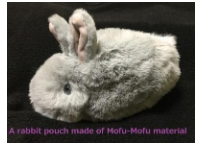
I gave an example of something that is Mofu-Mofu or not Mofu-Mofu, so please take a look at it! ↓↓↓

